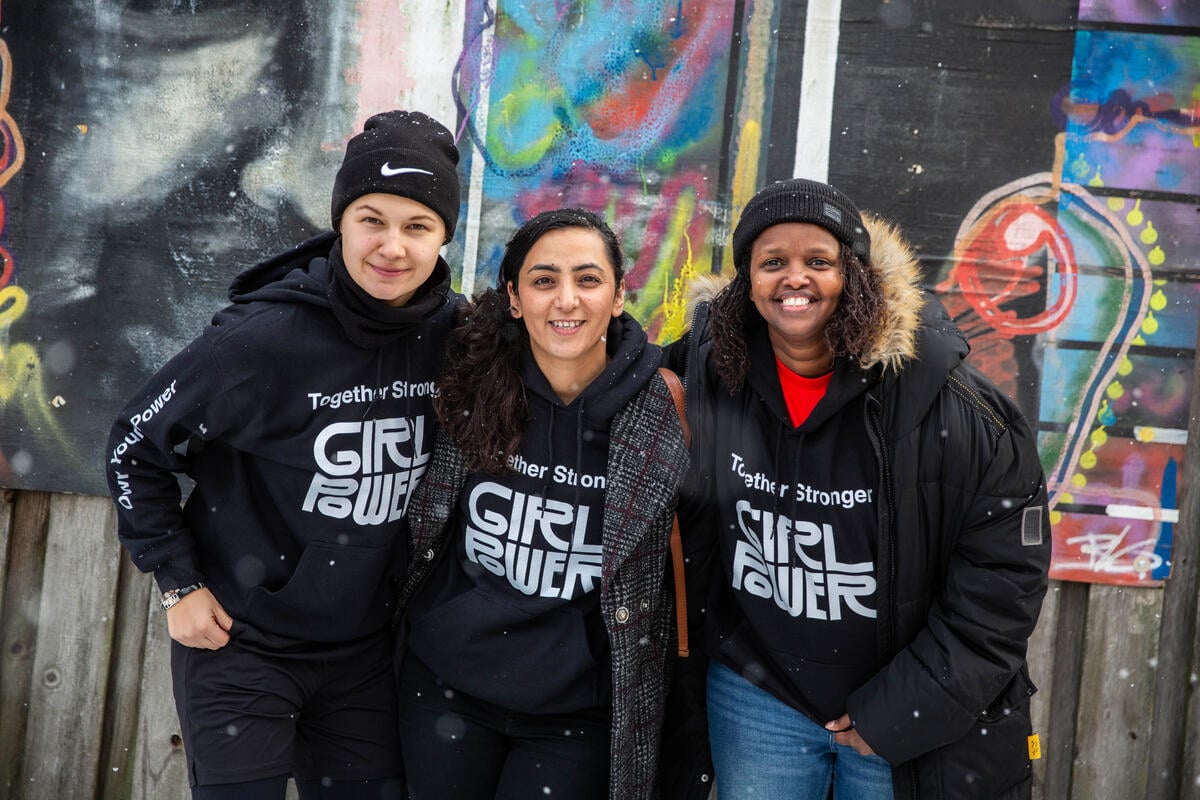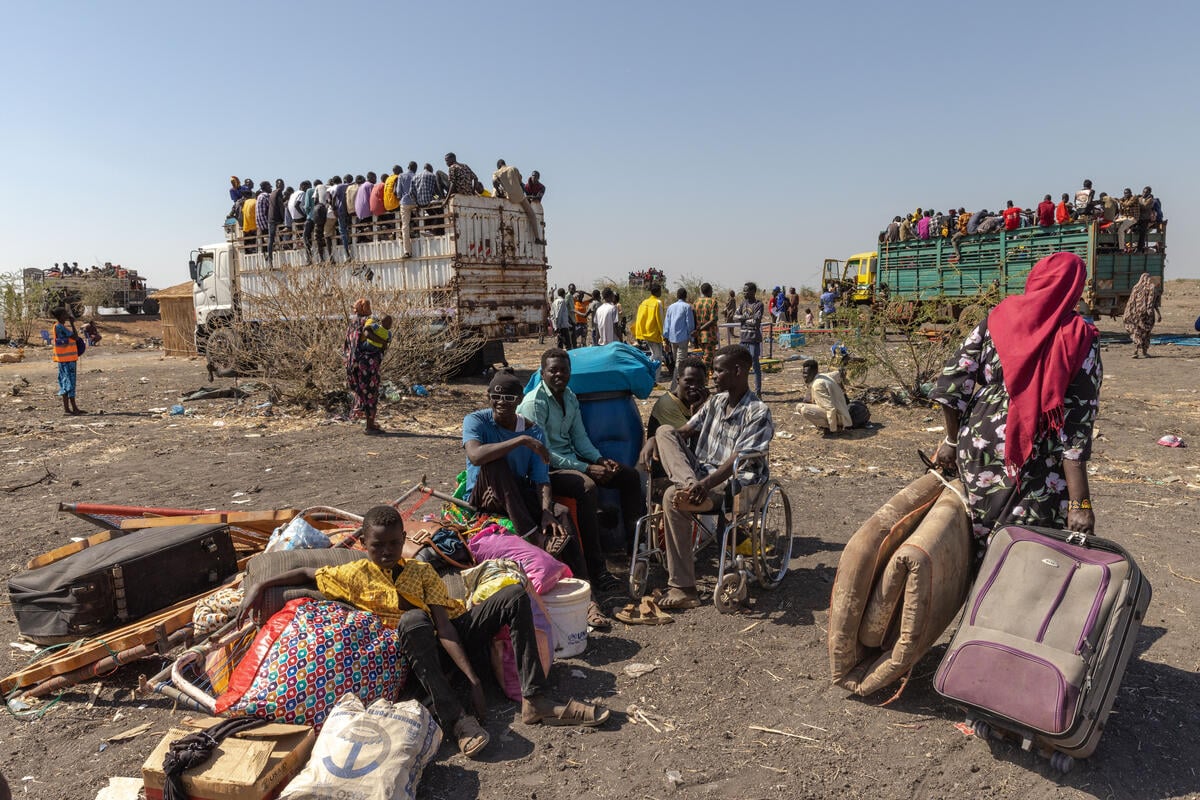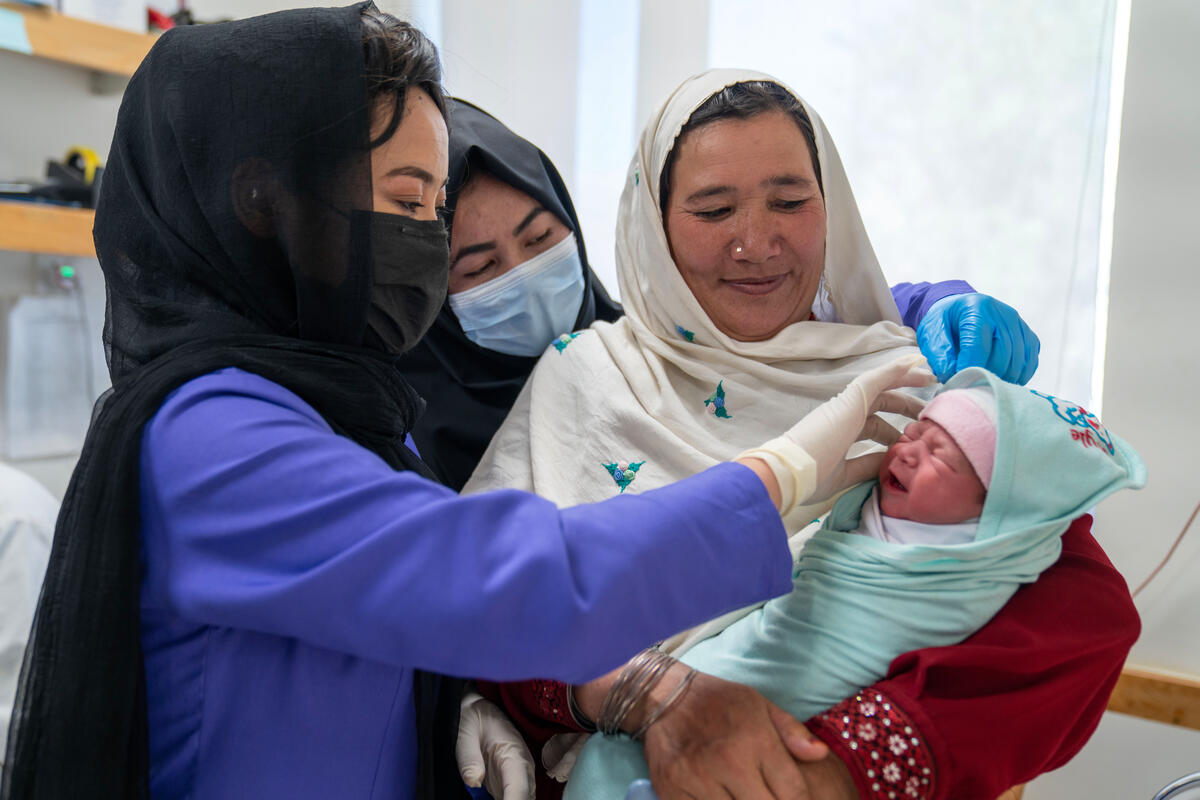Afghanistan Humanitarian Update No. 30
Afghanistan Humanitarian Update No. 30
At a Glance:
- Up to 1,500 Afghans living out in the open, near Iranian border; boy shot
- Situation for 400 Afghans on southern Pakistan border still not resolved
- UNHCR estimates number of new Afghan refugees in Pakistan at 135,000
- SONY Corporation donates $750,000 to UNHCR global operations
Up to 1,500 Afghans out in open near Iranian border
According to the latest information received from the Iranian Red Crescent Society (IRCS), as well as other sources, there are now up to 1,500 Afghans living out in the open in the vicinity of Makaki - one of two camps the ICRS is running in Nimroz province, inside Afghanistan. The main Makaki camp is said to be full, with around 5,000 people living in approximately 1,000 tents. Unconfirmed reports suggest that these latest arrivals in the Makaki area were intitially held up at Taliban checkpoint near the camp for some time before being allowed through.
UNHCR's concerns about the safety of the Makaki site - both for its inhabitants and for aid workers - have been reinforced by repeated eyewitness accounts of Taliban military presence inside Makaki, as well as other military positions nearby. These accounts, which include photographic evidence, describe not only the presence of armed Taliban soldiers inside the camp, but also the presence of heavy machine guns and multiple rocket launchers.
UNHCR has frequently stressed that the two camps in western Afghanistan (one in a Taliban-held area, the other in an area controlled by the Northern Alliance) - in addition to another camp in Spin Boldak, near the border with Pakistan, and the two sites on the Pyanj river on the border with Tajikistan - are extremely vulnerable to abuse by the warring factions. UNHCR has consistently urged the neighbouring governments to reconsider their policy of closed borders and allow refugees access to safety and the humanitarian assistance they so badly need. At present, civilians are mixed up with fighters in all these locations, making it extremely difficult for them to receive international assistance without unintentionally feeding the war effort. The tragic death of a 12-year-old boy who was shot in Makaki on Monday, and who died on Tuesday morning in a hospital in Iran, simply underlines this issue.
Situation of 400 Afghans in Pakistan still unresolved
A total of 416 Afghans (84 families) are still awaiting a resolution to their predicament at the Killi Faizo staging camp close to the Afghan border in Pakistan's southern province of Baluchistan. The Afghan refugees, some of whom have now been waiting for four days outside the camp, have still to be formally admitted to the camp, with local authorities saying they are awaiting a green light from Islamabad. On Monday night, the women and children from the group - 313 individuals in all - were allowed to enter the main site and were sheltered in two large tents that are normally used as a waiting area and for registration. 13 children who do not have mothers were brought in by their fathers and lodged with the other women and children. Their fathers then went back outside the camp to join the other men who were not permitted to enter with their families. Two elderly women were brought to the communal tents in wheelbarrows. UNHCR gave two blankets to each member of the group (including the men) as well as hurricane lamps, and Mercy Corps International distributed WFP high protein biscuits to the entire group.
UNHCR estimates 135,000 new arrivals in Pakistan
UNHCR's Pakistan office stated Tuesday that it believed the total number of new arrivals from Afghanistan since September 11 to be in the region of 135,000. Of these, at least 75,000 are believed to have entered North-West Frontier Province, with a further 60,000 arriving further south in Baluchistan. Aid workers on the ground say that the so-called "invisible" refugees are becoming more visible by the day. With the exception of the 2,400 refugees in the Killi Faizo staging camp in Baluchistan, the rest are all lodged in private housing, either in some of the 203 old refugee camps in Pakistan or in Peshawar and Quetta. Others are believed to have moved deeper inside the country to cities such as Karachi and Islamabad which also have substantial populations of "old" refugees. UNHCR aims to increase assistance in the old refugee camps, in particular by strengthening the existing education, health, water and sanitation facilities and services, in addition to opening new sites along the Pakistani side of the border.
SONY donates $750,000 to UNHCR refugee programmes
The SONY Corporation informed UNHCR's Tokyo office Friday that it has decided to donate US$750,000 to support UNHCR's global operations for refugees. Rather than directly targeting the appeal for Afghanistan, SONY has taken the unusual - and extremely welcome step - of giving the money unearmarked: in other words UNHCR is at liberty to use the money for other refugees around the world, who tend to get overlooked during major emergencies. During the 1990s Afghan refugees were one of the groups most affected by this syndrome - as the focus moved from Iraq to Somalia, then to the Balkans and Rwanda - with negative ramifications that are now all too apparent. The Iranian and Pakistani governments repeatedly cite the poor international support for the more than 4 million refugees that were left in their countries after the Soviet withdrawal as one of the main reasons for refusing to open their borders for refugees fleeing the current crisis. UNHCR greatly appreciates SONY's vision and foresight in placing the plight of refugees in a global context at such a time.
UNHCR has so far received confirmed pledges of US$56.1 million for its Afghanistan emergency operations from 20 different governments, the European Commission and private donors.








